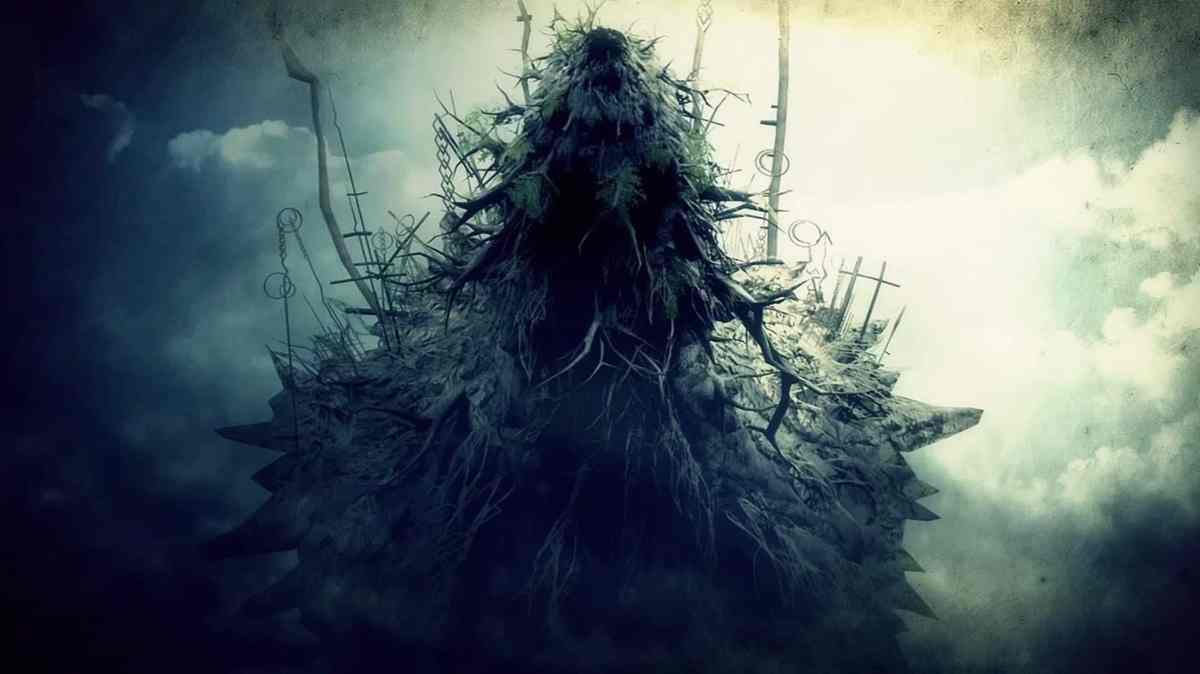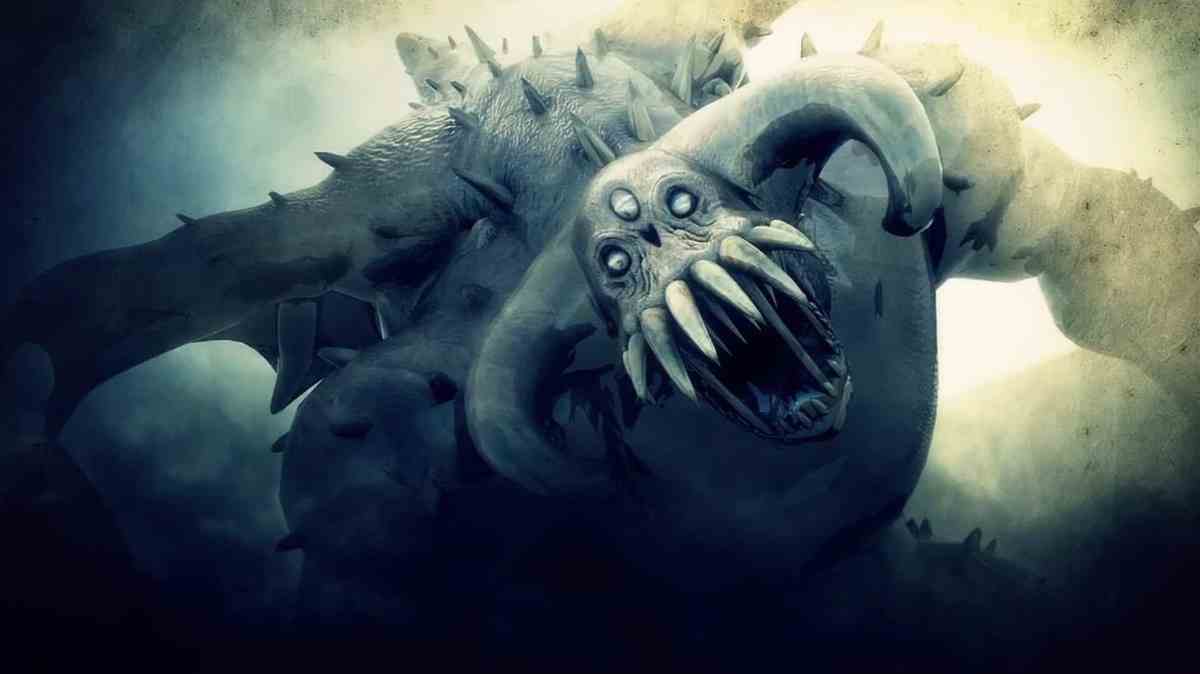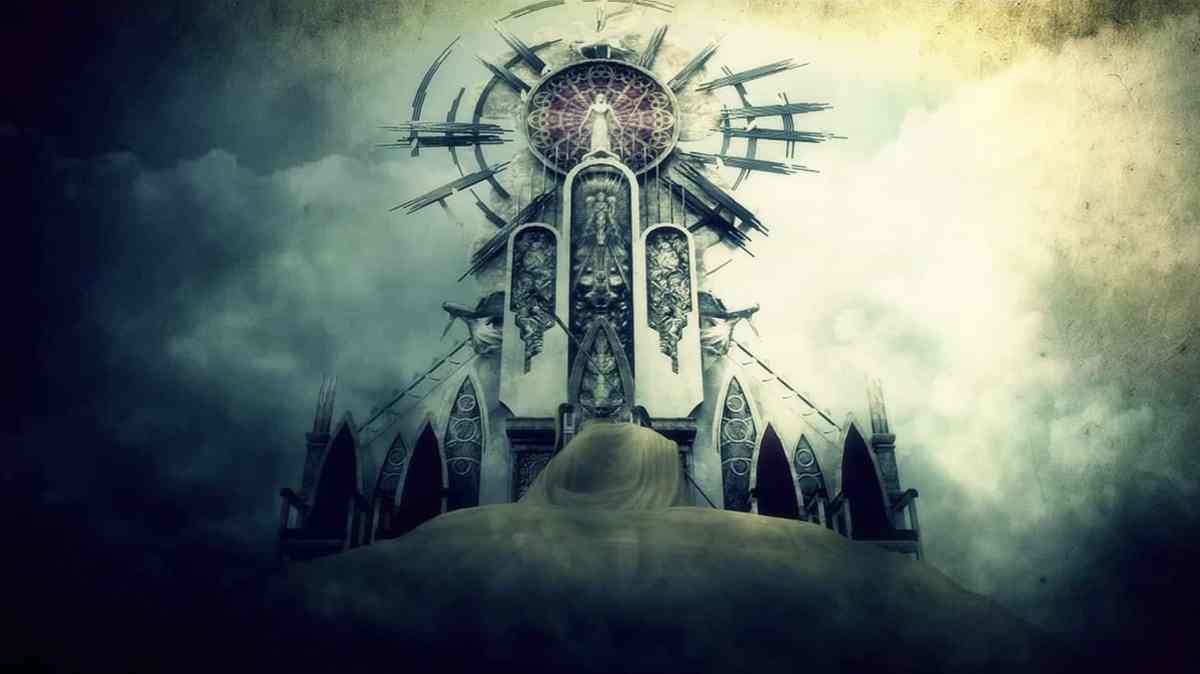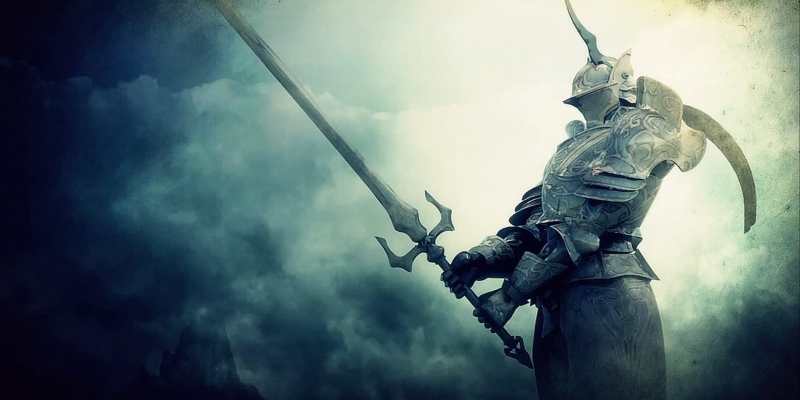Ever since I tackled the original PlayStation 3 incarnation of FromSoftware’s hack-‘em-up, Demon’s Souls, it’s rarely been out of my head. But it’s not the otherworldly levels or twisted, soulless foes that bother me. Instead, it’s Demon’s Souls’ creeping, foggy apocalypse that ties my stomach in knots, and with each year, it’s grown more uncomfortably familiar to the world around us.
If you skipped the original Demon’s Souls, or used its manual as a beer mat, you’ll have missed out on a substantial chunk of its story. The Kingdom of Boletaria may be your home for the duration of the game, but it’s the activity at Boletaria’s borders that’s the real threat. While you’re merrily slaughtering your way around Boletaria, a supernatural fog is slowly spreading outwards, killing or warping anything in its path.
Meanwhile, those living outside the ever-expanding fog bank can do nothing but watch. A farmer, herding his cattle, gazes at the horizon, straining to make out the encroaching fog bank. His children should be out here with him, but with the end inching closer every day, it’s hard to keep pretending there’s any kind of future for them. A lord, struggling to calm the fears of his subjects, hires yet another “hero” to stem the problem at its source. And inch by inch, village by village, humanity’s dominion becomes a little smaller.
What makes this scenario especially harrowing is the apocalypse’s unhurried pace. Demon’s Souls’ medieval realm is shrinking, but the fog moves so slowly that it’s not the current generation that faces extinction. That farmer will live, and unless the lord’s subjects choose to hurl him from his tower, he’ll die peacefully in his sleep. Instead, it’s their children who’ll be forced to face the consequences of this cataclysm.

You? You’re one of the lucky ones, though it might not feel like it. Sure, being zapped by a squid-faced security guard or dying to a boss who sounds like an Urban Dictionary entry isn’t fun. But there’s an odd sort of comfort in Demon’s Souls’ cycle of death and resurrection. After each demise, you awaken in the Nexus, a little worse for wear, a little less tangible than before, but it’s nothing the right pick-up can’t fix.
Because, for all its many beasties, Boletaria is a sanctuary from humanity’s gradual demise, which, in turn, raises some disquieting questions. What if those warriors “trapped” within Boletaria aren’t trapped at all? What if, knowing what awaits the rest of the world, they’ve chosen survival over facing the people they failed to save?
Back in 2010, this was ultimately just a story, but Demon’s Souls has gone from a grim fantasy to an environmental fable, and Demon’s Souls on PlayStation 5 could barely be more timely. Even though coronavirus has eclipsed man-made climate change as the number one public concern, the more you dive into Demon’s Souls lore, the more parallels you find between Boletaria’s fall and our own global situation.
You might not be able to spy a vast, encroaching fog bank out of your own window. However, thanks to lightning-fast methods of communication, a lot of us have windows on the world, and there are enough warning signs to make you feel the end of the world is on the way. Take the California forest fires, which turned city skylines yellow; watching those scenes on TV or through Twitter, I couldn’t shake the feeling that something was very, very wrong, more so than in previous years.

Perhaps most tellingly, Demon’s Souls mirrors the way that governments are starting to address global warming and other environmental issues. When it becomes apparent that the world is doomed, the rulers of Demon’s Souls’ fantasy kingdom start throwing money at the problem, offering fortune and fame to those lucky enough to survive the fog and find a way into the castle. Governments, too, are starting to hurl money and resources at “solutions” to the ecological problems plaguing our planet, though it seems unlikely that they’ll be around when the crisis hits the point of no return. Are they earnest in their desire to fix things, or like Demon’s Souls’ lords, are they just seeking to fend off the angry villagers at their gates?
And to no one’s great surprise, it’s man’s folly that has impacted the impending eco-crisis. Boletaria’s inhabitants (King Allant, particularly) resurrected the Soul Arts, a means of using souls for power and profit that, in turn, started turning the world into Silent Hill. I’m not saying that every Amazon Echo contains an actual human soul, (That lawsuit is currently pending.) but some technological advances, such as the vast proliferation of tech gadgets, haven’t done the environment any favors while yielding marginal comforts for consumers.
What’s even more unsettling is that it’s the second time Demon’s Souls inhabitants employed the Soul Arts, after they were previously banned. It’s tempting to view man-made climate change as something that, once “fixed,” will never be a problem again, that we’ll know better. But who’s to say that, if humanity survives this, we won’t be going through the motions once more a few hundred years later?

FromSoftware has never confirmed that Demon’s Souls was created with an environmental message. But Dark Souls, FromSoftware’s next hack-‘em-up, tackled humanity’s hold on the earth, which suggests the developers knew what kind of message they were weaving into Demon’s Souls.
You don’t have to embrace Demon’s Souls’ warning to the world, whether you missed it the first time around or not; it took me a good few years of soul-harvesting before I started to pick up on these parallels. There’s a glimmer of hope at the heart of Demon’s Souls’ gloomy eco-fable that, if enough people stand up, good will prevail. I just wish I could say I have the same faith when it comes to the real world.
Should you choose to overlook the ecological aspects of Demon’s Souls’ storyline, you’re still left with a cataclysmic tale that will chill you to the bone. For all its gloomy corridors and gruesome monsters, the real horror is having no future.
